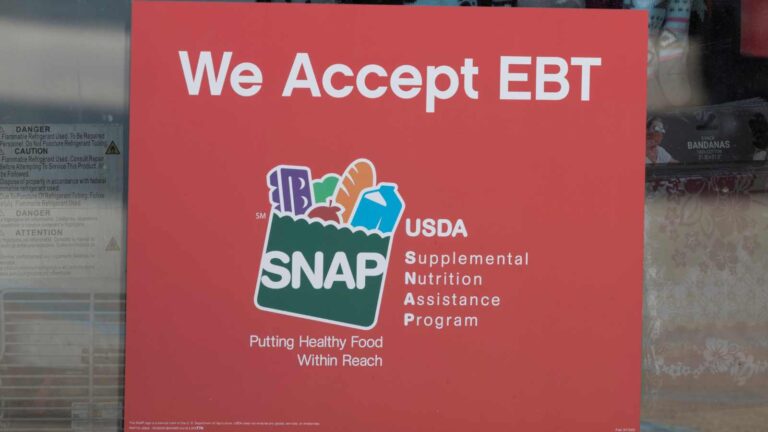Things ’70s parents let their kids do that would raise eyebrows today

The 1970s were a very different time for parenting—kids were riding bikes without helmets and wandering the neighborhood alone until sundown.
Back then, “stranger danger” wasn’t a headline, and many rules we take for granted today were barely on anyone’s radar. Growing up in that era often meant more freedom, more scraped knees, and more stories to tell later in life. According to the National Bureau of Economic Research, between 1960 and 1990, the death rate for children aged 5–14 fell by 48%, largely due to fewer unintentional injuries.
BBC News reports that the death rate among young people up to age 19 is now about one-third of mid-1970s levels, showing major improvements in survival. Here are some of the things that were completely normal then but would make modern parents clutch their coffee in horror.
Riding bikes without helmets

In the ’70s, helmets were more of a suggestion than a standard safety tool. Kids could cruise around the block without any protective gear, often showing off daring tricks with scraped knees as proof of courage. The
Research shows that wearing a helmet reduces the risk of head injury by 45%, something that wasn’t on most parents’ minds back then. Parents trusted kids to be careful, often relying on neighborhood supervision rather than safety equipment. Today, a kid biking without a helmet would probably spark a parental meltdown.
Walking to school alone
Many children walked or biked to school without adult supervision, sometimes covering miles on their own. Parents assumed neighborhoods were safe, and independence was considered a key part of growing up. In 1969, nearly half of U.S. children walked or biked to school, but by 2009, that had fallen to 13%, and by 2024, only about 11% still did, with just 1% biking.
This freedom encouraged confidence, problem-solving, and social interaction. Modern parents would likely shuttle kids everywhere, fearing traffic, strangers, or accidents.
Experimenting with hobbies without guidance

Kids had the freedom to explore hobbies, even messy or risky ones, like woodworking, chemistry sets, or climbing trees. Mistakes were part of the learning process, and parents were often hands-off.
Many ’70s kids learned valuable skills and independence simply by trying things on their own. Today, parental oversight and safety protocols would probably make these activities nearly impossible.
Staying up late on school nights
Bedtime rules were far more flexible in the ’70s, and kids often stayed up late watching TV, reading, or playing outside. Shows like “Scooby-Doo” or “The Brady Bunch” were part of a nightly ritual that sometimes stretched past 10 p.m. Pediatricians today recommend 9–12 hours of sleep for school-aged children, something many ’70s kids clearly skimped on.
Unsupervised neighborhood play
Children roamed neighborhoods freely, invented games, and formed tight-knit peer groups. Parents relied on community trust rather than constant surveillance.
These adventures built social skills, independence, and a sense of adventure. Modern parents might view this level of freedom as reckless and even dangerous.
Key takeaways

Parenting in the ’70s was defined by trust, freedom, and hands-off guidance, often allowing kids to explore, learn, and grow in ways that would surprise today’s parents. Practices like unsupervised play and flexible bedtimes fostered independence and resilience.
Modern safety concerns and cultural shifts have drastically changed childhood experiences. Reflecting on these differences shows how parenting styles evolve alongside society, often swinging between freedom and protection.







